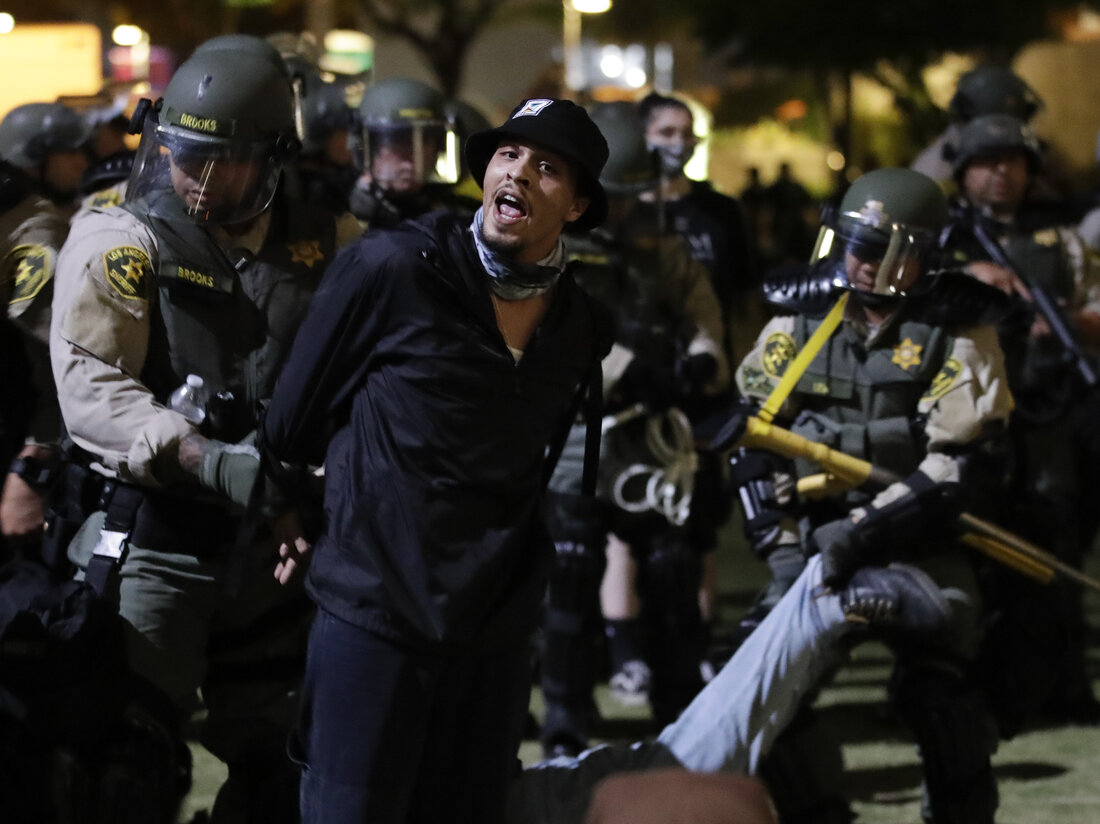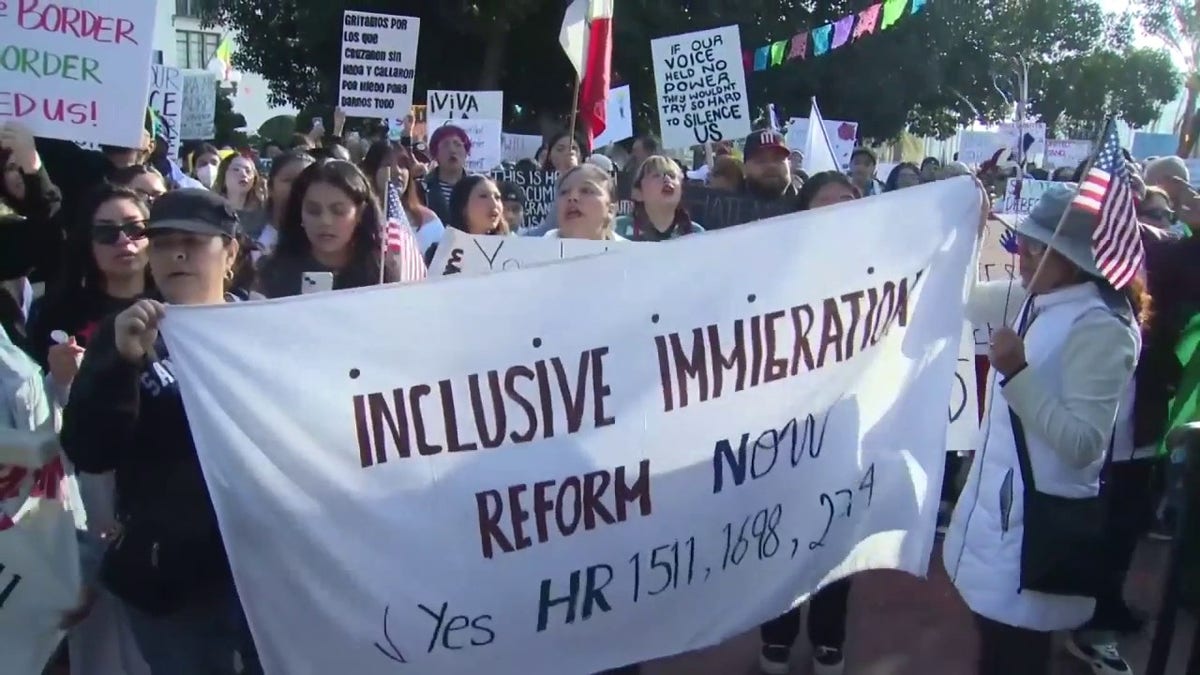Portland ICE Protest: Federal Response and Police Dynamics
Federal Response to Growing ICE Protest in Portland
On Saturday evening, federal agents used tear gas and made multiple arrests as a protest against U.S. Immigration and Customs Enforcement (ICE) swelled to hundreds outside the Portland ICE facility. The confrontation escalated when officers deployed tear gas and pepper balls, pushing protesters several blocks away from the site. This marked a sharper federal law enforcement response compared to previous nights, with officers actively dispersing crowds to clear the streets for vehicle movement.
Portland Police and Protest Dynamics
Portland Police reported that protesters blocked a road but noted no property damage or personal crimes were witnessed. Despite the unrest near the ICE center, police emphasized their role in maintaining public safety without enforcing immigration laws directly. They utilized dialogue liaison officers to communicate with demonstrators and attempted crowd management to keep traffic flowing.
Community Tensions and Legal Context
The protests occurred amid heightened local and federal tensions, including a temporary restraining order blocking federal control over the Oregon National Guard. Demonstrators expressed strong opposition to immigration policies, while a minority supported ICE. The situation remains fluid as authorities balance enforcement with rights to protest.
About the Organizations Mentioned
U.S. Immigration and Customs Enforcement (ICE)
U.S. Immigration and Customs Enforcement (ICE) is a federal law enforcement agency within the Department of Homeland Security (DHS), established in 2003 following the Homeland Security Act of 2002. It was created by merging the U.S. Customs Service and the Immigration and Naturalization Service to consolidate and strengthen enforcement of laws related to border security, customs, trade, and immigration[1][2][3]. ICE's primary mission is to safeguard national security and public safety by combating illegal immigration, cross-border crime, and threats to the U.S. immigration system. ICE operates three main directorates: Enforcement and Removal Operations (ERO), which focuses on apprehending and deporting undocumented immigrants; Homeland Security Investigations (HSI), which investigates criminal organizations, human trafficking, and smuggling; and the Office of the Principal Legal Advisor (OPLA), responsible for legal representation in immigration proceedings[1][3]. With an annual budget around $6-8 billion and over 20,000 employees across more than 400 offices worldwide, ICE is one of the largest federal law enforcement agencies[1][2]. Since its formation, ICE has played a central role in U.S. immigration enforcement, especially after the 9/11 attacks emphasized border security. Its efforts expanded significantly during the Trump administration starting in 2025, with increased arrests and deportations of undocumented immigrants, accompanied by a substantial budget increase[3]. However, ICE has been highly controversial, criticized for aggressive enforcement tactics and the treatment of immigrants in detention. Debates about ICE reflect broader national discussions on immigration policy and enforcement balance[1][3]. Notable aspects of ICE include its dual role in immigration enforcement and criminal investigations related to customs and trade violations, making it a key player at the intersection of national security, law enforcement, and immigration policy. Its global footprint and involvement in international investigations highlight its importance beyond U.S. borders[1][2][3].
Portland Police
The **Portland Police Bureau (PPB)** is the primary law enforcement agency serving the City of Portland, Oregon. Its core mission is to reduce crime and the fear of crime while working collaboratively with community members to preserve life, maintain human rights, protect property, and promote individual responsibility and community commitment[3][4]. Established in 1870 as the Portland Metropolitan Police Force, the bureau began with a small team led by its first chief, James Lappeus, serving a population of fewer than 9,000 residents[5]. Since then, it has evolved into a modern police force with nearly 1,000 sworn officers and a wide range of specialized units including K9, Traffic, Narcotics, Youth Services, Tactical Operations, and Air Support[2][6]. A notable aspect of PPB is its commitment to **community policing** and ongoing efforts to improve transparency and accountability. The bureau is overseen by independent civilian bodies such as the Portland Independent Police Review (IPR), which investigates complaints against officers and monitors misconduct. The IPR is set to be replaced by the Community Police Oversight Board, authorized in 2020 and expected to be fully operational by late 2025[1][2]. This shift reflects Portland’s efforts to address community concerns and enhance police accountability, especially after high-profile protests and complaints in 2020. Technologically, Portland Police officers have recently been equipped with **body-worn cameras** following a pilot program launched in 2024, making Portland the largest city in the U.S. to adopt this technology across its force. Officers are armed primarily with 9mm Glock handguns and have access to non-lethal tools like LRAD sound cannons[1]. The bureau also leverages an Open Data Portal and unmanned aircraft systems (drones) to increase operational transparency and efficiency[3]. Despite its achievements, historical reviews have highlighted challenges, such as delays in investigating police-involved killings and community distrust stemming from past incidents
Oregon National Guard
The **Oregon National Guard (ORNG)** is a vital component of the U.S. National Guard, comprising the Oregon Army National Guard and the Oregon Air National Guard. This organization plays a dual role, serving both state and federal interests. ## Organization and Roles - **State and Federal Service**: The ORNG is primarily under the jurisdiction of the Governor of Oregon but can be federalized by the President during times of national need. It supports state missions such as disaster relief, search and rescue operations, and civil defense, while also participating in federal missions like overseas deployments[3][5]. - **Components**: The Oregon Army National Guard and the Oregon Air National Guard are equipped and trained by their respective branches of the U.S. military. The Air National Guard is headquartered at the Oregon Military Department in Salem and operates as an Air Reserve Component of the U.S. Air Force[3]. ## History - **Early Beginnings**: The Oregon National Guard traces its roots back to 1843, when settlers first formed volunteer militias. This was long before Oregon became a state in 1859[8]. - **World War II Contributions**: During World War II, the Oregon National Guard played a significant role in defense efforts, with over 600 men entering federal service and participating in various military operations[4]. ## Current Status and Achievements - **Modern Operations**: Today, the ORNG continues to support state and federal missions. It is involved in disaster response, homeland security, and overseas deployments. The organization is also committed to community service and youth programs[5]. - **Technological Integration**: The ORNG leverages advanced technology to enhance its operations, including communications, logistics, and cybersecurity, aligning with broader trends in business and technology[5]. ## Notable Aspects - **Dual Status**: The National Guard Status Act of 1933 allowed Guardsmen to serve both as state militia and federal reservists, enhancing their flexibility and role in national defense[9].















